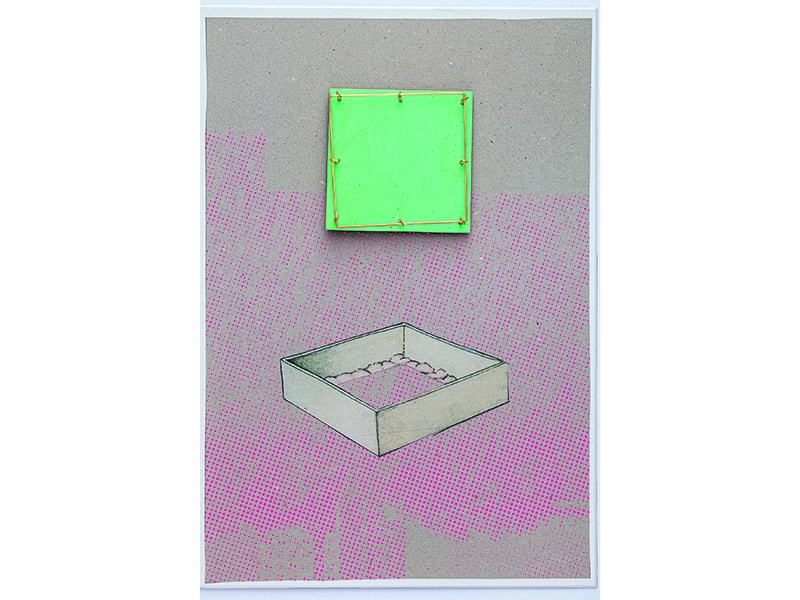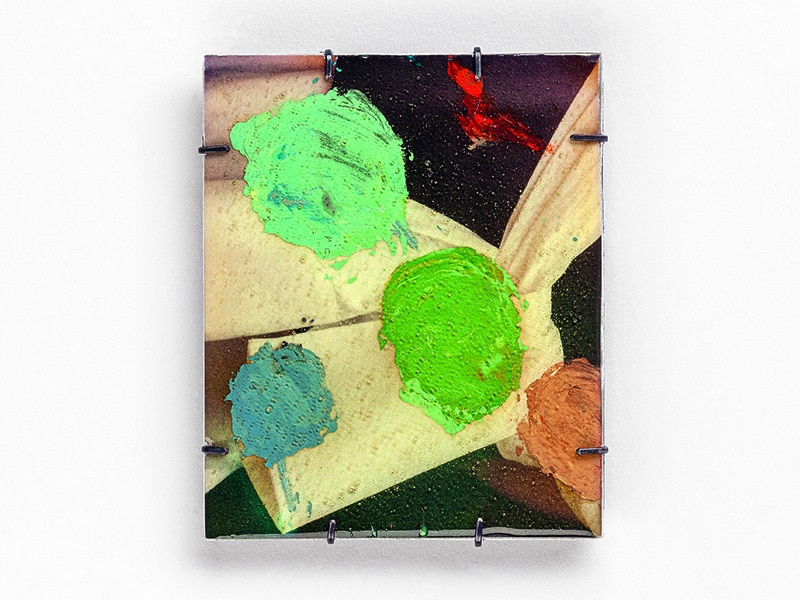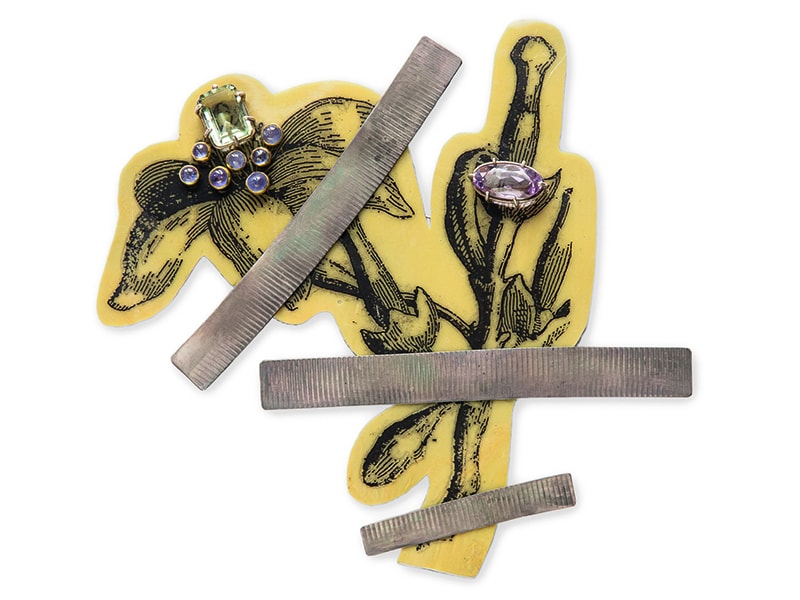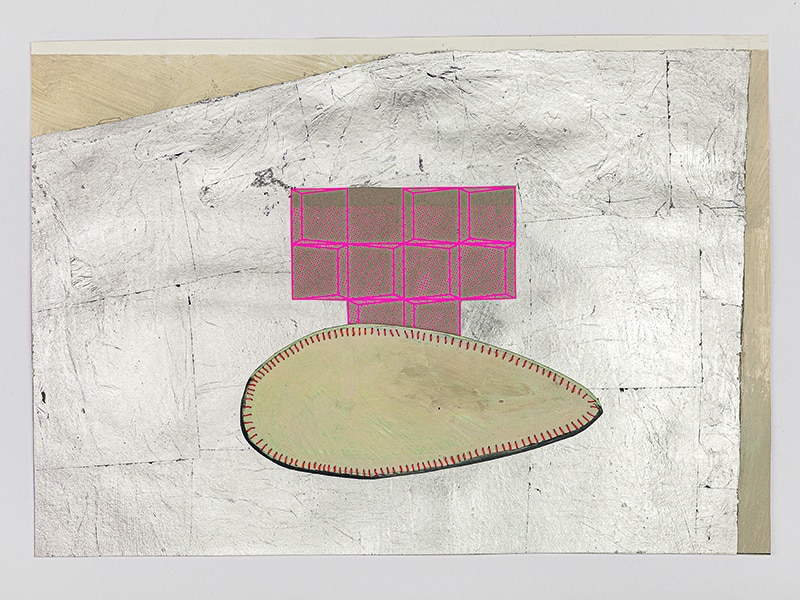[ad_1]
Susanne Altmann, Patti Bleicher, Karl Bollmann, and Olga Zobel Biró, Margit Jäschke: Kairos (Stuttgart: Arnoldsche Artwork Publishers, 2022).
Kairos, a bilingual publication (in German and English), was revealed in 2022. It marked the event of 4 monographic exhibitions celebrating the work of visible artist and jewellery designer Margit Jäschke (1962). The Grassimuseum and Schmuckmuseum Pforzheim, in Germany, contributed to financing. The exhibition was due to this fact on show at each areas in 2022. Two extra exhibitions will happen this 12 months, in German venues as properly.[1]
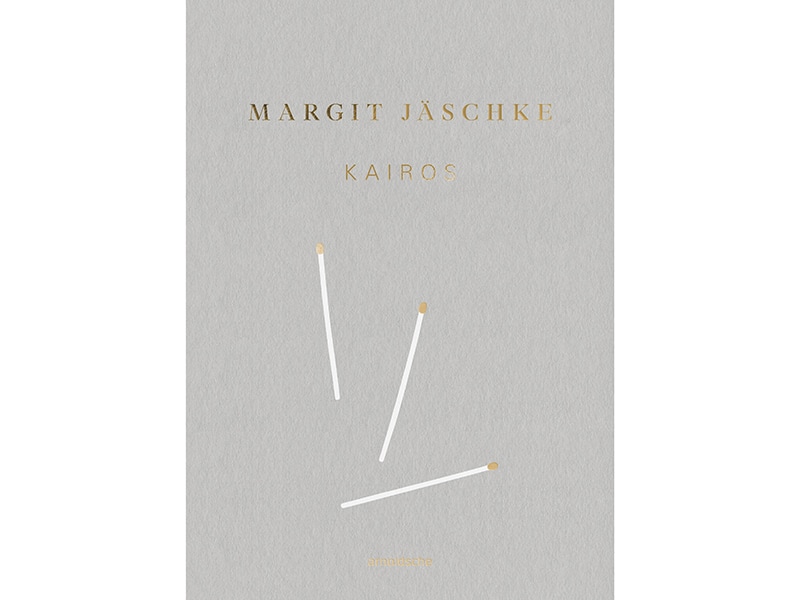
At first sight
The back and front of the guide are product of uncoated tough grey cardboard. Fairly unusual, you don’t see that fairly often. The quilt exhibits letters in gold with the title and the title of the writer: arnoldsche. In between, three tumbling white matchsticks with gold heads.The backbone is product of shiny fuchsia textile. The endpapers are a plain deep purple. On the surface, the entire seems modern and minimalistic. This contrasts with the various photographs of Jäschke’s natural work introduced within the guide.
The title web page exhibits the identical picture as the duvet. The colours, although, relate extra to Jäschke’s work: grey and (delicate) inexperienced. The publication was designed by Mathias Beyer. He did an important job.
Many detailed photographs
Other than jewellery, the guide additionally options collages, work, drawings, and objects made by Jäschke. Generally it’s onerous to discern if the depicted object is a drawing, a collage, or a jewel.
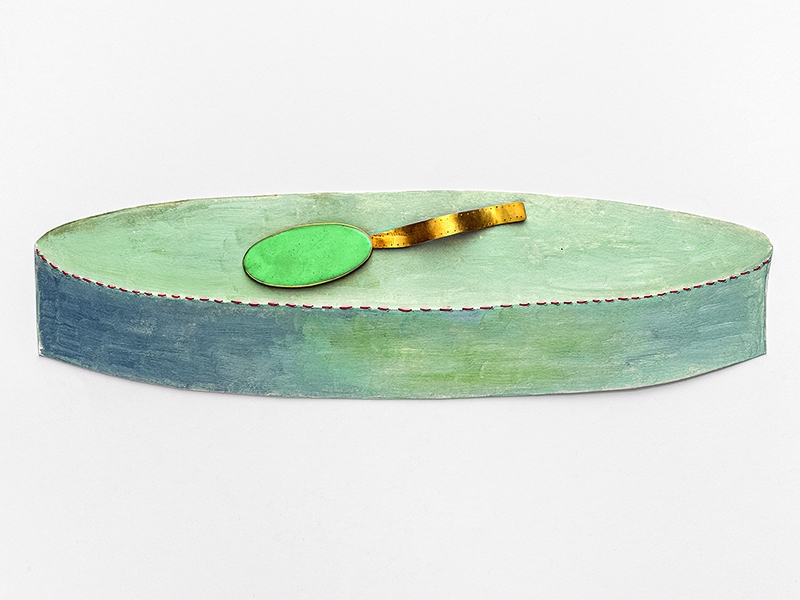
This exhibits the consistency and intertwinedness of the artist’s work. The depicted artworks span a interval of three a long time. The oldest on show is dated 1992 and the latest is from the 12 months during which the guide revealed: 2022.
The artworks should not displayed in chronological order. Nor are they sorted by classes. The whole lot is superbly photographed and proven with giant photographs.
Not all pages have a web page quantity. When web page numbers are listed in any respect, they seem in a small, unobtrusive font. The publication is in regards to the footage, not in regards to the texts, chronology, classes, or web page numbers. For those who like Jäschke’s work, that’s an enormous deal with, and you may spoil your self with the assorted objects depicted in nice element. The vast majority of the images was taken by Jakob Adolphi.
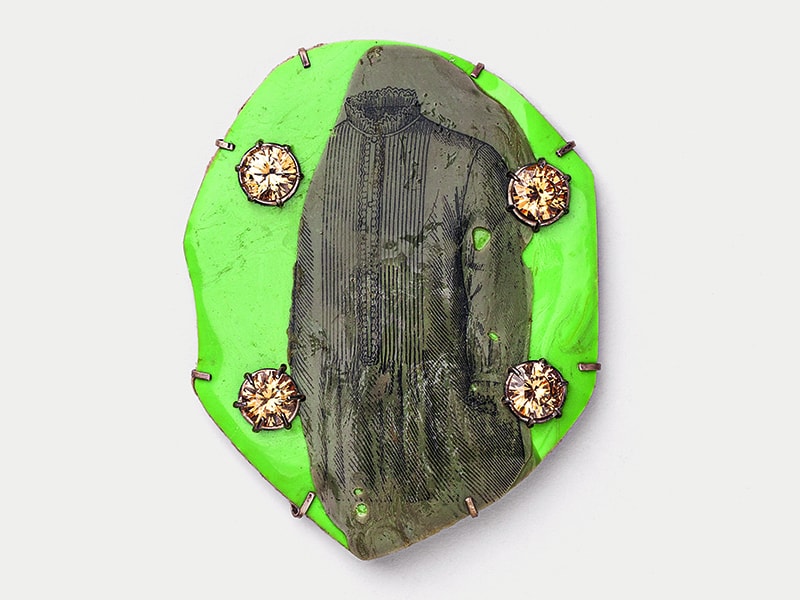
Unguided go to
After eleven pages exhibiting photographs of bijou and different objects comes a two-page textual content by the late collector and connoisseur Karl Bollmann (1943–2022). He and his spouse, Heidi, have been associates with Jäschke for a few years. Bollmann talks about his private associations with a brooch by Jäschke. After that he needs the reader a nice time along with her or his personal ideas when going by the guide. Bollmann’s contribution is adopted by 20 photographs and one other quick textual content by the German artwork historian Susanne Altmann (1964).
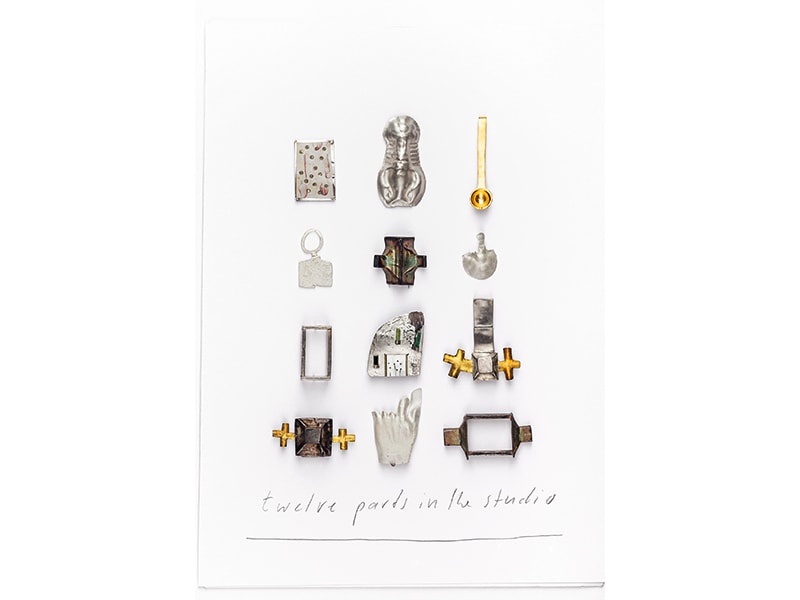
Twelve ideas like hyperlinks in a sequence
Altmann specializes within the avant-garde of the previous DDR (Jap Germany). She describes the artwork of Jäschke—born and raised within the DDR—on the premise of 12 reflections, like hyperlinks in a sequence. In her first thought she delineates, amongst different issues, how Jäschke makes use of intrinsically nugatory and even discarded objects in her work. Jäschke then refines these discarded supplies and transforms them into objects with a very completely different but particular person character.
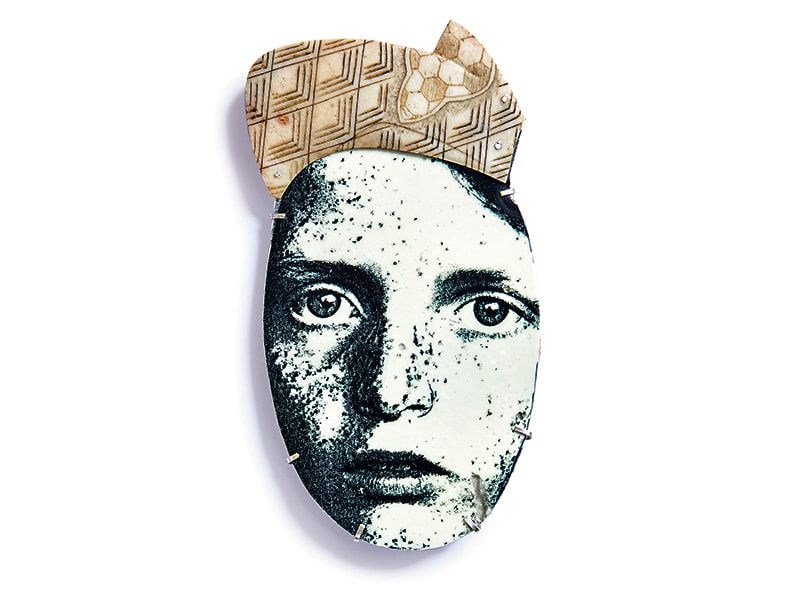
Achille Mbembe’s idea of care and restore
In Jäschke’s work, the supplies used haven’t any hierarchy when it comes to preciousness: all the things is handled with the identical care and a focus. On this regard Altmann mentions the scientist and thinker Achille Mbembe (1957), from Cameroon, along with his concepts in regards to the reshapings of life that grow to be attainable once we rethink restore. On the African continent, many items are dumped from, amongst different locations, European international locations, after which repaired by the native inhabitants. Care and restore is about an intuitive manner of data, from which a lot could be discovered.
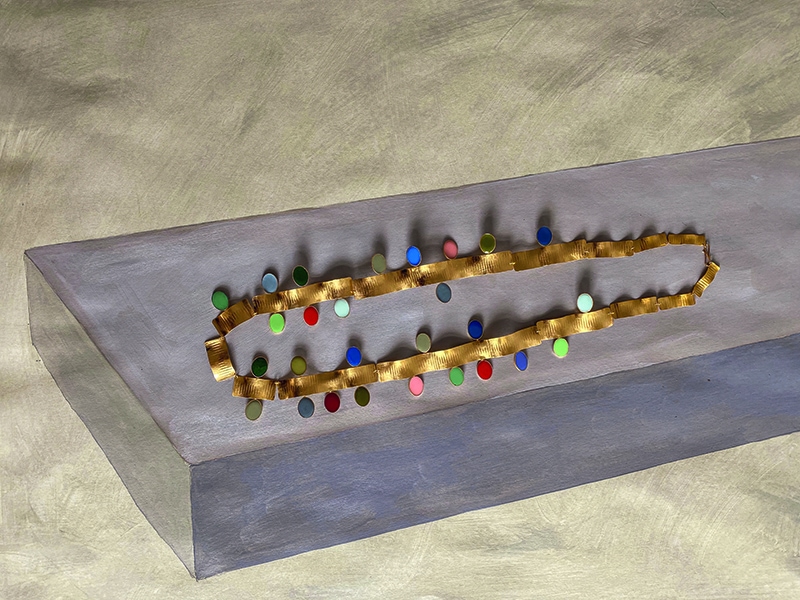
Margit Jäschke on Margit Jäschke
After one other collection of huge, detailed photographs follows a textual content by Jäschke about her working strategies. It begins with a fraction by the American poet William Carlos Williams (1883–1963). For Jäschke, her artwork will not be in regards to the materials. Neither is it in regards to the thought. The whole lot revolves across the second.
The Greek god Kairos is the god of the correct second. He’s the youngest divine baby of Zeus. It’s the artist who has to grab the correct second; to strike at probability and momentum. Moreover, Jäschke describes her work as an artist as an autobiographical course of. Extra typically, Jäschke views human actions as autobiographical acts. That’s why Jäschke sees her studio as a residing organism, sprouting from her head. The whole lot is at all times in movement. Serendipity is thus basic in Jäschke’s oeuvre.
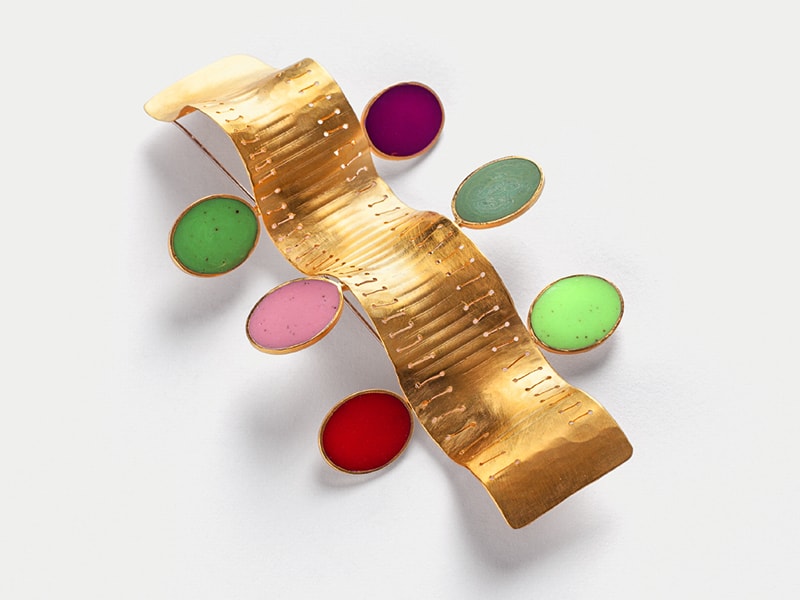
Life and work intertwine
After one other collection of lovely photographs, a brief textual content by Patti Bleicher. Along with Eileen David, she opened Gallery Loupe, in Montclair, NJ, in 2006. From 2014 onward, the gallery has introduced Jäschke’s work.
Bleicher describes how she visited Jäschke and her accomplice, the jewellery designer Georg Dobler, at their dwelling in Halle, Germany, in 2015. What struck her instantly was the concord between the artist’s work, her day by day atmosphere, and her day by day life. Coral pink colours, well-known from Jäschke’s jewellery, additionally appeared all over the place in the home. Bleicher stories that Jäschke sees herself not a lot as a jewellery designer however as a visible artist. No sketches precede Jäschke’s jewellery. The jewellery itself could be thought to be sketches.
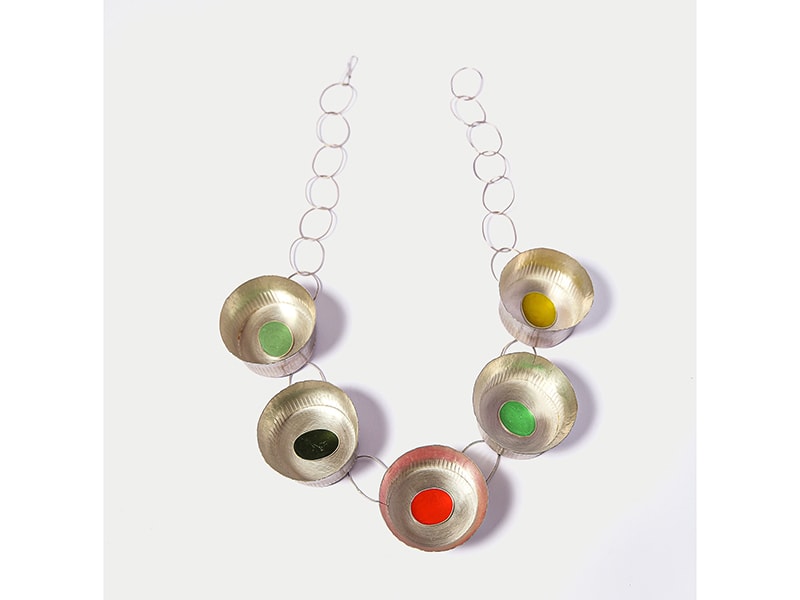
Quote from Tacita Dean
Olga Zobel Biró, of Galerie Biró, in Munich, wrote a contribution to the guide, too. It consists of a quotation and a letter. A quote from the British artist Tacita Dean (1965) is adopted by a private word from Zobel Biró to Jäschke. Dean’s quote hints at serendipity, and Zobel Biró, like Bleicher, describes the concord in the home the place Jäschke and Dobler reside and work collectively. It’s hanging that whereas Jäschke’s work is approached or introduced in an built-in method, it’s however conceived in separate locations: Jäschke makes her jewellery in a distinct place than her drawings, collages, and work.
A really acutely aware guide design
The guide concludes with captions of the displayed photographs and a resumé of the artist. As acknowledged earlier than, there isn’t a desk of contents. It’s due to this fact extra in regards to the photographs and the notion of them by the reader, or slightly the viewer, than in regards to the textual content. Regardless of the important thing ideas in Jäschke’s work—Kairos and serendipity—nothing on this monograph about Jäschke appears to have been left to probability: It has been meticulously attended to and supplies a superbly introduced image of Margit Jäschke’s wealthy oeuvre as an artist.
[1] The exhibitions:
Kairos, Margit Jäschke, Schmuck Objekt Set up, Grassimuseum, Leipzig, Germany, Could 5–September 25, 2022. Curated by Sabine Epple.
Margit Jäschke – Kairos, Schmuckmuseum Pforzheim, Pforzheim, Germany, December 9, 2022–April 16, 2023.
Galerie Biró, Munich, Germany, March 9–April 15, 2023.
Museum für Kunst und Gewerbe Hamburg, Hamburg, Germany, November 2023–April 2024.
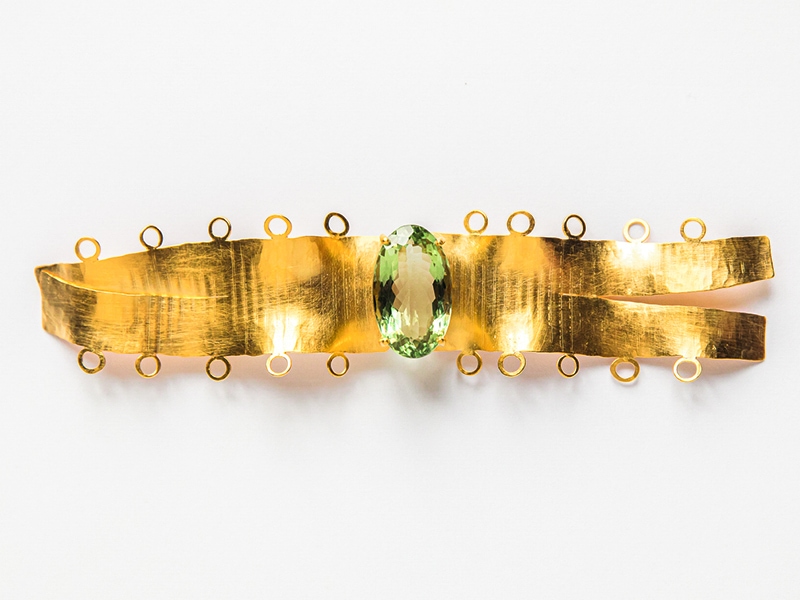
[ad_2]














